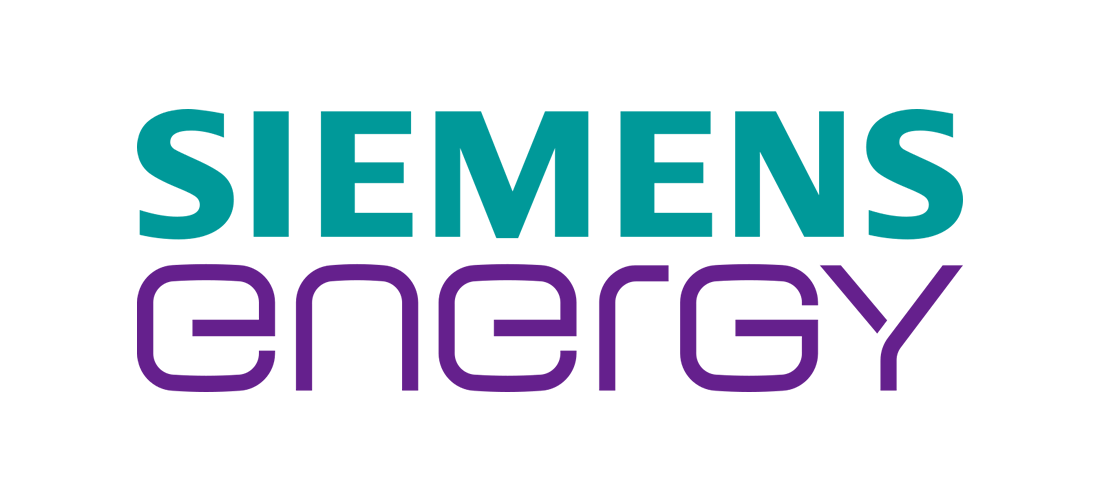Siemens Energy is supplying 12 electrolyzers with a total capacity of 200 megawatts to Normandy, France. Air Liquide, a world leader in gases, technologies and services for Industry and Health, will operate them in its Normand’Hy project. Starting in 2026, Air Liquide’s plant in the Port-Jérôme industrial zone will produce 28,000 tons of renewable hydrogen annually for industry and the mobility sector. With this amount, a hydrogen-fueled road truck could make it 10,000 times around the world.
“The sustainable decarbonization of industry is unthinkable without green hydrogen. That is why projects like this are so important. But they can only be a starting point for a sustainable transformation of the industrial landscape. Other large-scale projects must follow quickly. For the development of a European hydrogen economy to succeed, we need reliable support from policymakers and simplified procedures for funding and approving such projects”, says Anne-Laure de Chammard, member of the Executive Board of Siemens Energy.
By using electrolyzers from Siemens Energy, Air Liquide will contribute to the decarbonization of the Normandy industrial basin and mobility by offering low carbon hydrogen. As a result, up to 250,000 tons of CO2 can be saved each year. Ordinarily, 25 million trees would be needed to bind this amount of carbon dioxide.
The electrolyzers supplied by Siemens Energy are based on proton exchange membrane technology (PEM electrolysis), which is highly compatible to intermittent renewable energy supply thanks to its short ramp-up time and dynamic controllability, and it is very well suited for the rapid ramp-up of the hydrogen industry due to its high energy density and small footprint and material requirements.
The Normand’Hy project will be one of the first to be supplied from Siemens Energy’s new electrolyzer production facility in Berlin in the framework of the joint venture between Air Liquide and Siemens Energy. Industrial series production of stacks – the heart of the PEM electrolyzers – will start in November this year. By 2025, production is expected to ramp up to at least three gigawatts per year, supplying hydrogen projects around the world.
Source: press.siemens-energy.com
 En
En Cs
Cs